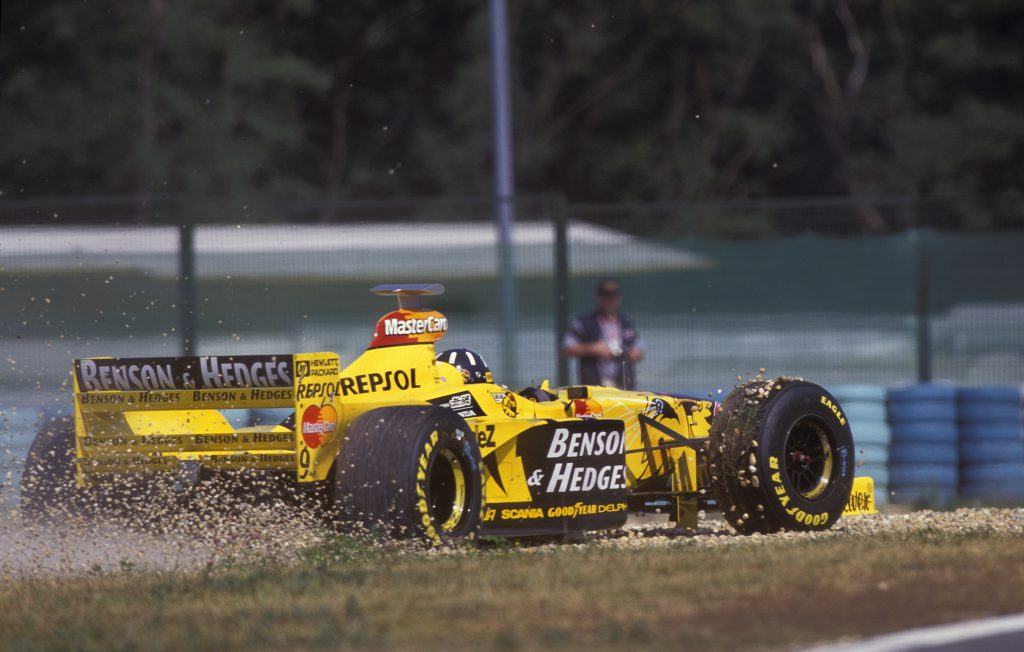Up Next

Racing Point bringing in Sebastian Vettel for its first season as Aston Martin might seem like a great move, but I’m not so sure that’s where the team’s priorities should lie.
Having been in a similar situation in the past, I can tell you that for an ambitious midfield it’s not necessarily as good a move as it looks to chase a world champion and it could cause the team problems.
When you get a big-name driver coming in, it sounds great, and everyone gets very excited. But then you realise what it’s taken to get that driver to the team
A team will always think it can do a bit better with another driver. But while you can put Lewis Hamilton in a Williams and I’m sure he would probably perform at a higher level than its current drivers, Williams still isn’t going to be winning races, the world championship or even necessarily scoring points. And you probably won’t have the driver best suited to your team’s situation.
At Jordan in 1998, we signed Damon Hill. He was a big name with lots of race wins and had won the world championship a couple of years earlier so while his situation isn’t exactly the same as Vettel’s, it is similar.
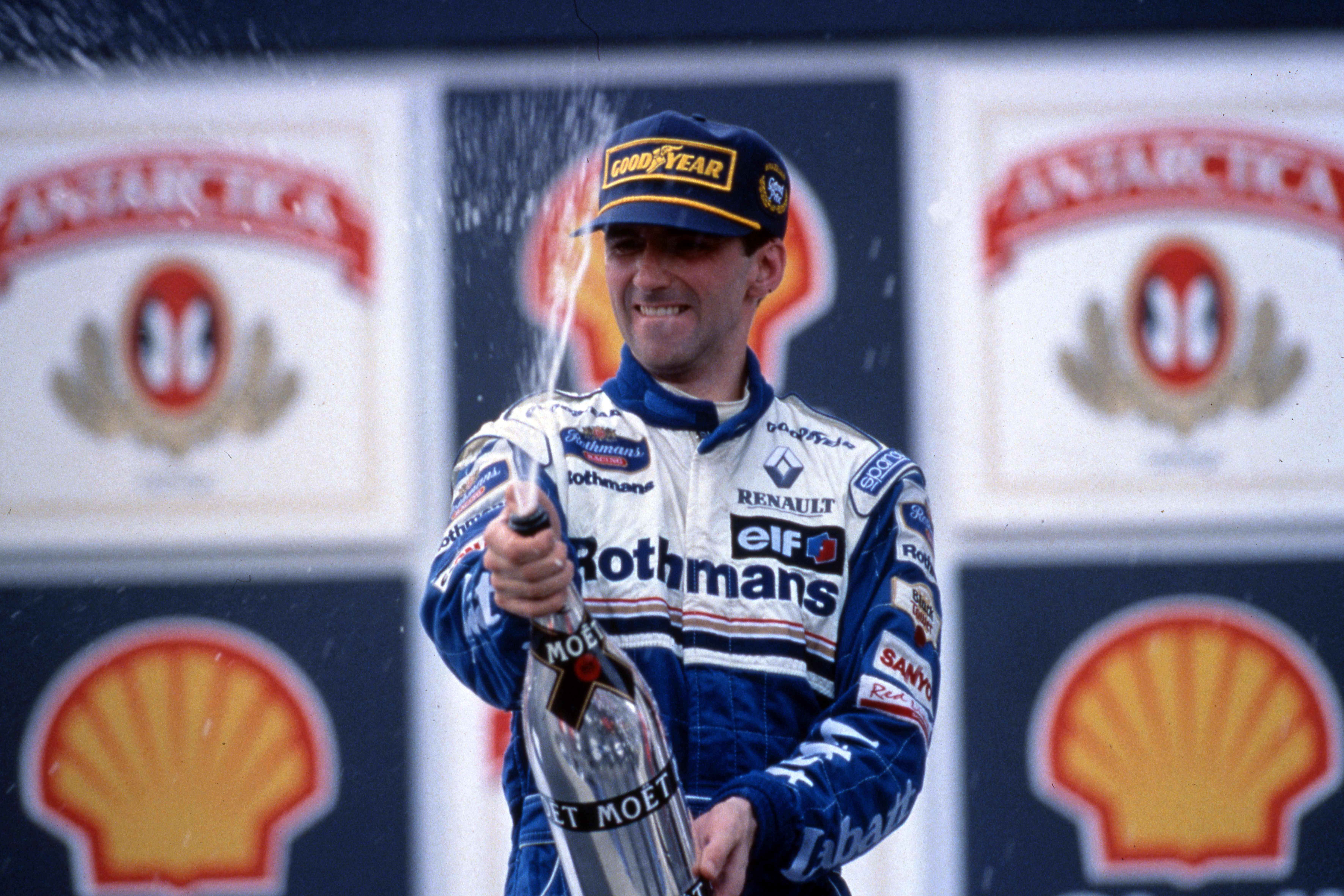
And it’s always difficult when a driver of that level comes in to a team in a different position.
For 1998 we moved to Mugen-Honda engines but there was also a major regulation change. Formula 1 moved from slicks to grooved tyres that year and suddenly the cars with the groves in the tyres had 18% less grip no matter what you did with them.
Drivers with experience can sometimes be unhelpful because, while our car wasn’t a good one for the first part of the season, the major change in regulations had altered things.
Damon kept going on about how the Williams used to do this and that, but it just wasn’t very relevant as the situation had changed.
We had to understand what the new limitations of the tyres were and work within them, not aim for something that was impossible because it worked at Williams on a completely different tyre.
Between 1997, when Jacques Villeneuve won the championship in a Williams, and ’98 Williams itself struggled to get on top of that regulation change.
I remember its legendary technical boss Patrick Head on the grid at Barcelona shouting as only Patrick did at chief aerodynamicist Geoff Willis. ‘Geoff it’s all about underbody aerodynamics!’ he shouted. Geoff just said ‘yes Patrick’.
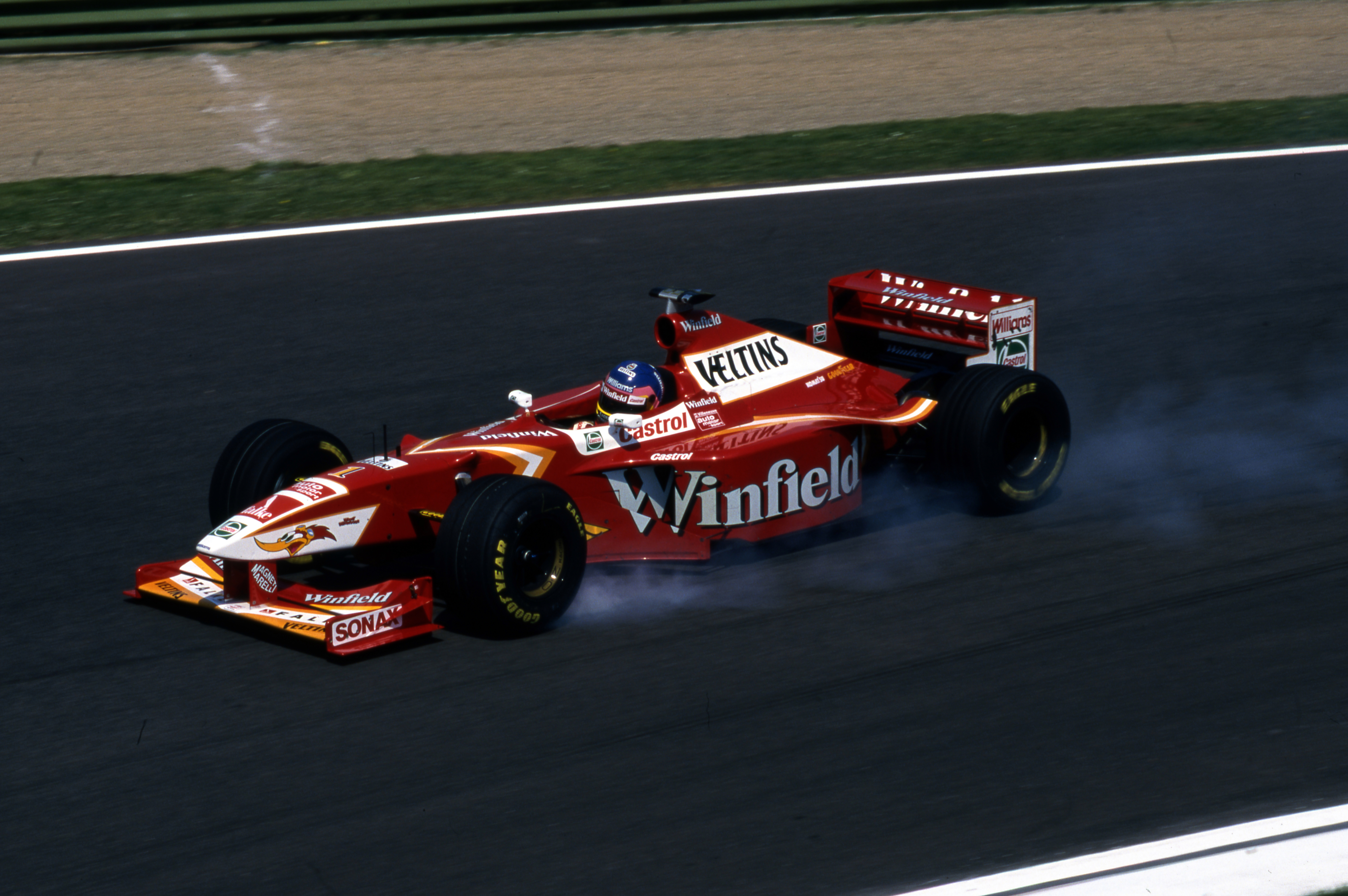
People talk about the experience Vettel brings coming in from a top team, but 1998 is an example of how that knowledge can work against you.
This situation didn’t help Jordan improve the car because Hill was coming in and expecting us to be putting him into a car at the level of the 1996 Williams in terms of its performance and feeling. We didn’t know how to do that and neither did anyone else, so simply it wasn’t going to happen.
This is why I’ve always liked younger drivers because they come in without preconceived ideas so you can work with them and progress together.
With an experienced driver, even a top one like Hill was and Vettel is, you don’t necessarily get that way of working. For a team that is still on the way up, as Racing Point is, that can be a problem.
When you get a big-name driver coming in, it sounds great, and everyone gets very excited. But then you realise what it’s taken to get that driver to the team.
There’s always the risk of promises made to the driver by people who don’t necessarily have a clue technically and that can be completely wrong. Then the technical team bears the brunt of it and has to sort it out. You spend more time dealing with that rather than doing your job.
This doesn’t mean Racing Point and Vettel can’t be a success or win the championship, it’s just that the pressure changes completely.
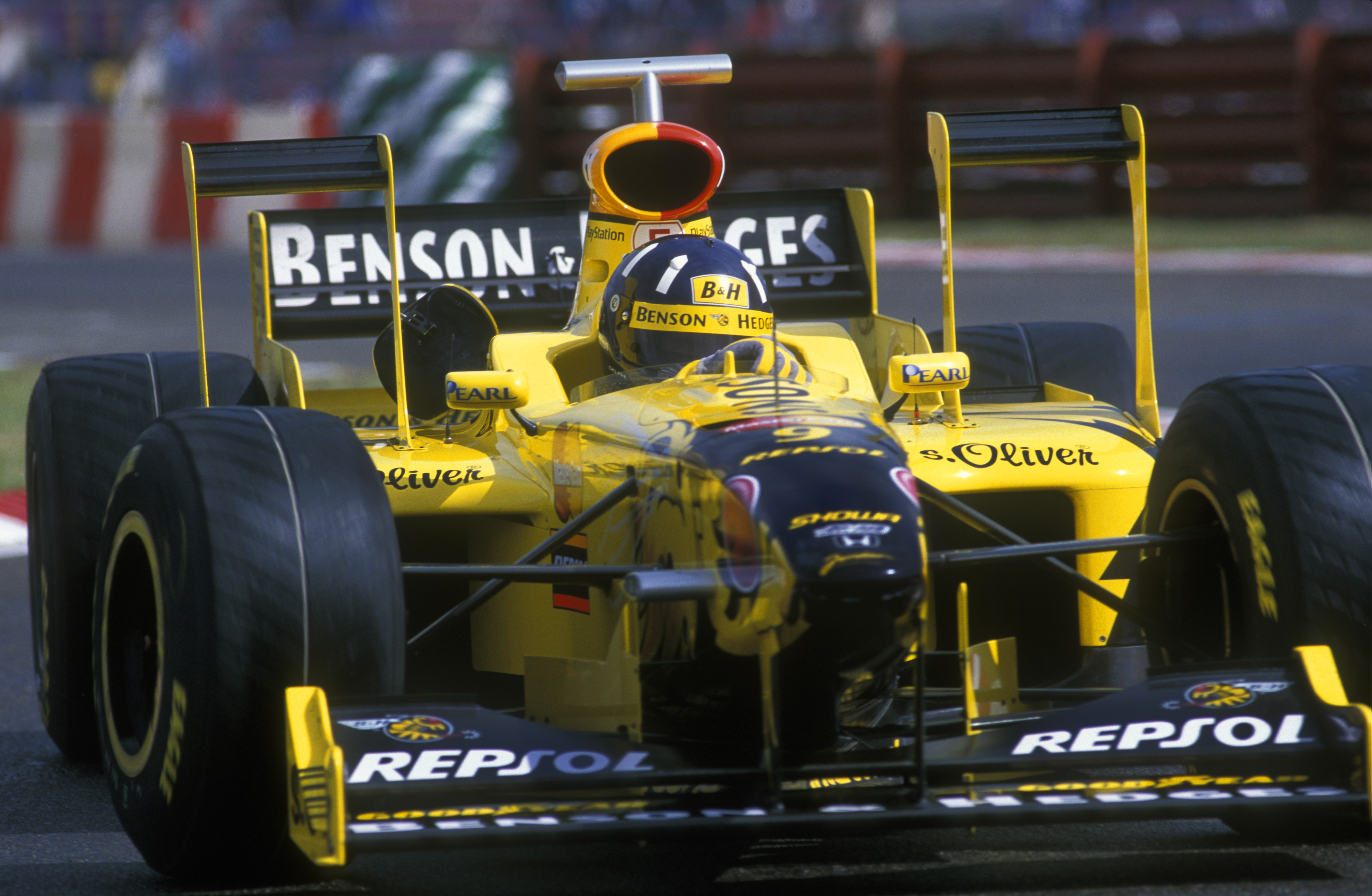
You go from being a team on the way up capable of taking surprise results to one that’s expected to be racing at the front. We had that at Jordan in 1998 where every time we failed to score in the first half of the season while solving the car problems it wasn’t just the team struggling, but a star driver making it very obvious to the world.
Then you risk the top management getting involved. They’ve brought in this big name driver, paid them lots of money and are asking you why they’ve got a world champion who is only finishing seventh or ninth?
We did manage to make the Jordan 198 work and won at Spa just after I’d left so it can be done, but everything around Hill being there meant it took longer than it should – and in reality that’s really more the expectation he brought because of who he was than anything he did wrong.
That’s why it’s so important to set your ambitions to the right level. An experienced, top driver can be the final piece of the puzzle that wins you a championship, but you need to go through all of the other steps first.
Racing Point when it was Force India made a lot of progress over the years, usually with less experienced drivers and that’s worked for it. They don’t bring that podium expectation and for a team that is still growing and still needs to get its infrastructure right, that’s the right thing to do.
Sergio Perez really was the right man for that job, especially in how well he knew the team.
What real leadership have we seen from Vettel at Ferrari recently?
While Vettel coming in for 2021 is positive in that it gives him time to build a relationship with the team ahead of the rule change for 2022, Racing Point has also dropped a proven podium finisher who knew the team well and could make it happen.
A driver like Vettel can bring some understanding of how the big teams operate and their secrets but if you look at it logically you have to ask which Vettel you are going to get.
Is it Vettel at his best, the one who could win from the front and on a few occasions have some good races from the back between 2010 and 2013? Or the one from 2014 or the past couple of years who has struggled and made many more mistakes than a four time world champion or 65 time race winner should?
That’s an extra element of confusion to deal with for the team: ‘who have we actually employed?’
If you are a smaller team, you can suffer more if it’s the less good version of the top driver you get because everyone is expecting that driver to be at their best. This means they can create some doubt at a time where you desperately need consistency and positiveness from your driver.
With a clean sheet of paper for 2022 and what will be Aston Martin having to stand on its own two feet in terms of aerodynamic design, that’s when having the extra pressure of a four-time world champion could be really damaging.
And what real leadership have we seen from Vettel at Ferrari recently?
He’s not responsible for building the engine or what led to it being very strong last year then suddenly not so strong, but even within that he’s not been able to get the team working in the right way.
While the situation at Ferrari is very different to Aston in 2022, we have seen Vettel struggle more both performance wise and mentally when the car isn’t competitive.
What matters is the natural evolution of the team because you can’t just take a shortcut with the driver. The risk is that you are bringing in a new element that could distract you from the steps the team itself needs to take.
The evolution of the team should always take priority and that should be the case for the next couple of years at Aston Martin. Then you see where you are and maybe then you need that high-level driver for the final step.
At that point, you should have a team that can design a good car, develop it well, solve problems that arise, run it well, be consistently competitive and that has the technical ability to run at the front. Then you plug in that driver.
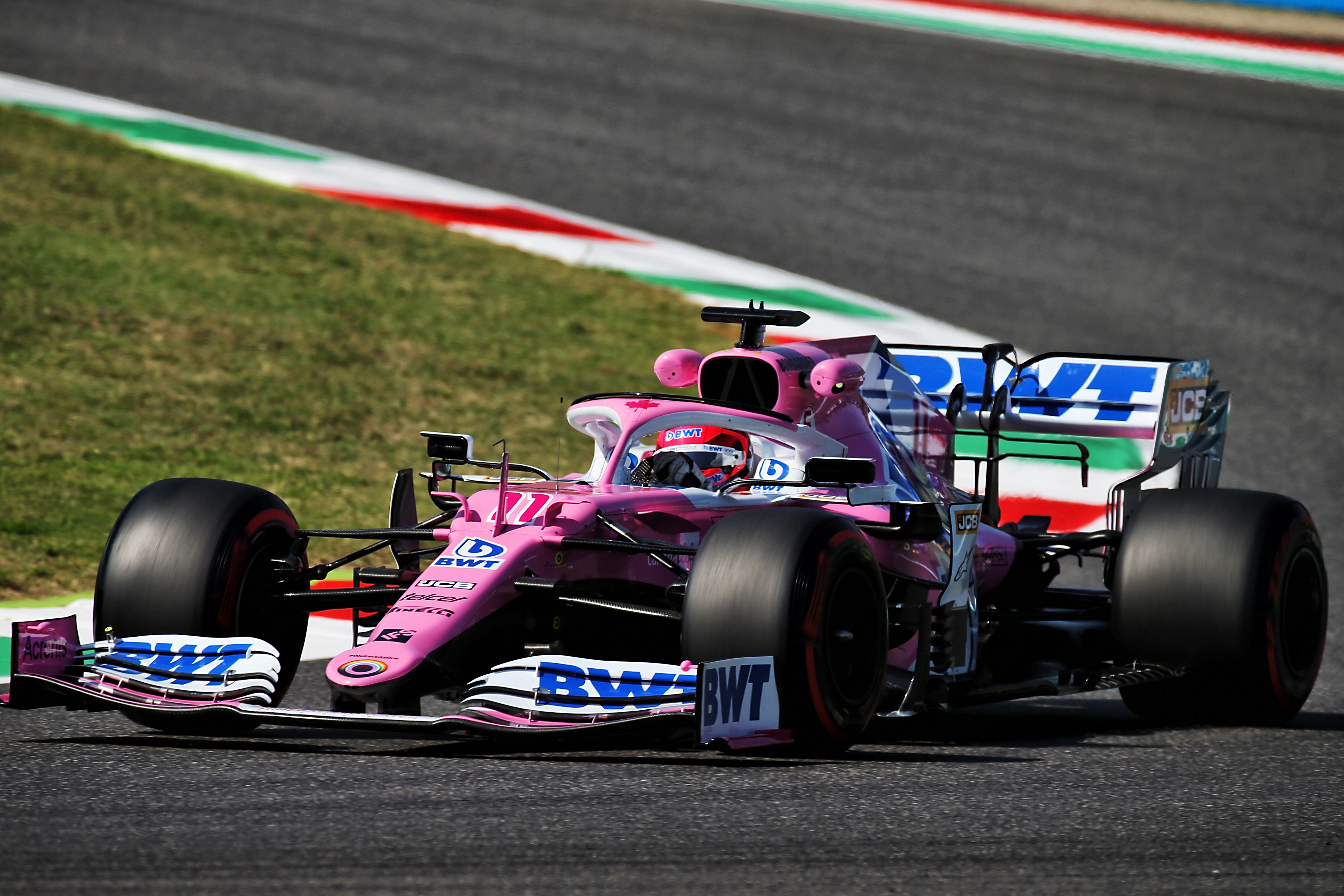
And if you think simply bringing in a top driver is enough to shortcut what you need to do to have a strong car, then you are making a mistake that so many have made over the years.
That’s why I wouldn’t have signed Vettel – he carries all the risks of a top driver but there are also question marks about his level. The extra attention can be positive commercially, but right now that team needs no distractions.
None of this means that it can’t work and perhaps it will be a great success. But the first thing Aston Martin needs to do to succeed in F1 is be strong technically. That’s the priority because that’s what will give you the car for the big name to do the job.
As for Vettel, he’s probably thinking it’s a win-win move for him. After all, he’s with a Mercedes-engined team now and if Valtteri Bottas continues to struggle in the works team and Mercedes can see what he’s doing with Aston Martin, perhaps he might be hoping for a chance of a move there down the line?


